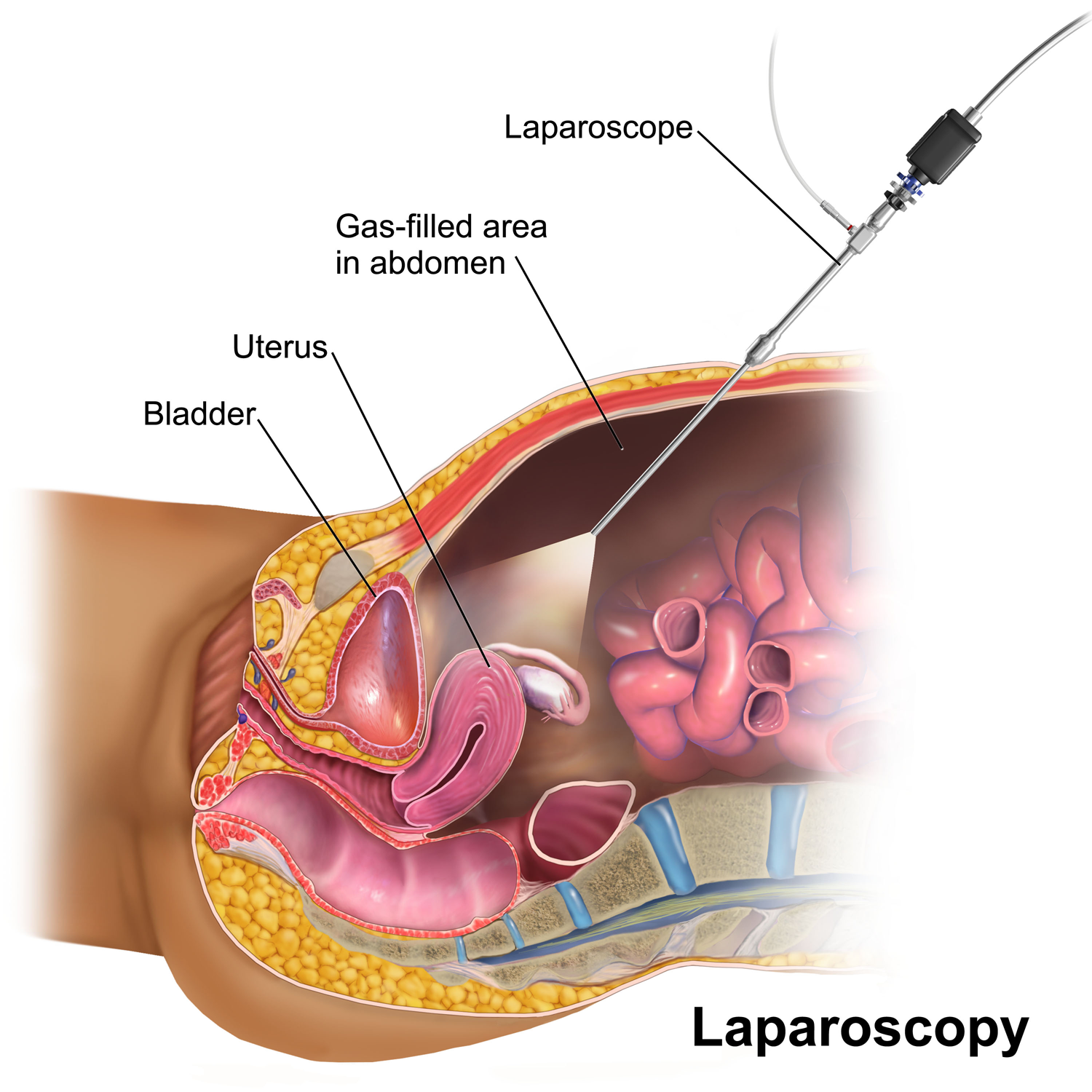
BEST HOSPITAL FOR LAPAROSCOPIC SURGERY
Laparoscopic surgery, a minimally invasive procedure, is also known as keyhole surgery because it does not require an open surgical procedure and instead makes use of a long, flexible tube with an attached light to examine the function of the organ or other body part being targeted. This long, thin tube is inserted through a keyhole, and it is equipped with a tiny camera that projects moving images onto a video monitor. The procedure is known as laparoscopy, and this thin, illuminated instrument is known as a laparoscope. To surgically treat or remove the issue, a laparoscopy may occasionally be supported by additional surgical tools and inserted through the incision site. Laparoscopy offers detailed, accurate insights into the patient's actual condition and aids in the creation of a focused treatment or surgical plan. Additionally, some minor conditions are treated with laparoscopy. Consequently, a laparoscopy can be used for both surgical and diagnostic procedures. When the precise nature and severity of the issue are unknown, a laparoscopy is a fantastic procedure to use. Up to four small incisions, including the one used to enter the body, are needed for the minimally invasive procedure; each of these incisions is no longer than 0.5 inches. When the surgery is finished, the surgeon will expel carbon dioxide from the targeted organ, remove all tools, close the incisions, and bandage the area.
- BEST HOSPITAL FOR LAPAROSCOPIC SURGERY IN HARI NAGAR
- BEST HOSPITAL FOR LAPAROSCOPIC SURGERY IN MOTI NAGAR
- BEST HOSPITAL FOR LAPAROSCOPIC SURGERY IN TILAK NAGAR
- BEST HOSPITAL FOR LAPAROSCOPIC SURGERY IN VIKAPURI
FOR MORE DETAILS PLEASE CONTACT US AT +919891682297.
| Tags: |
